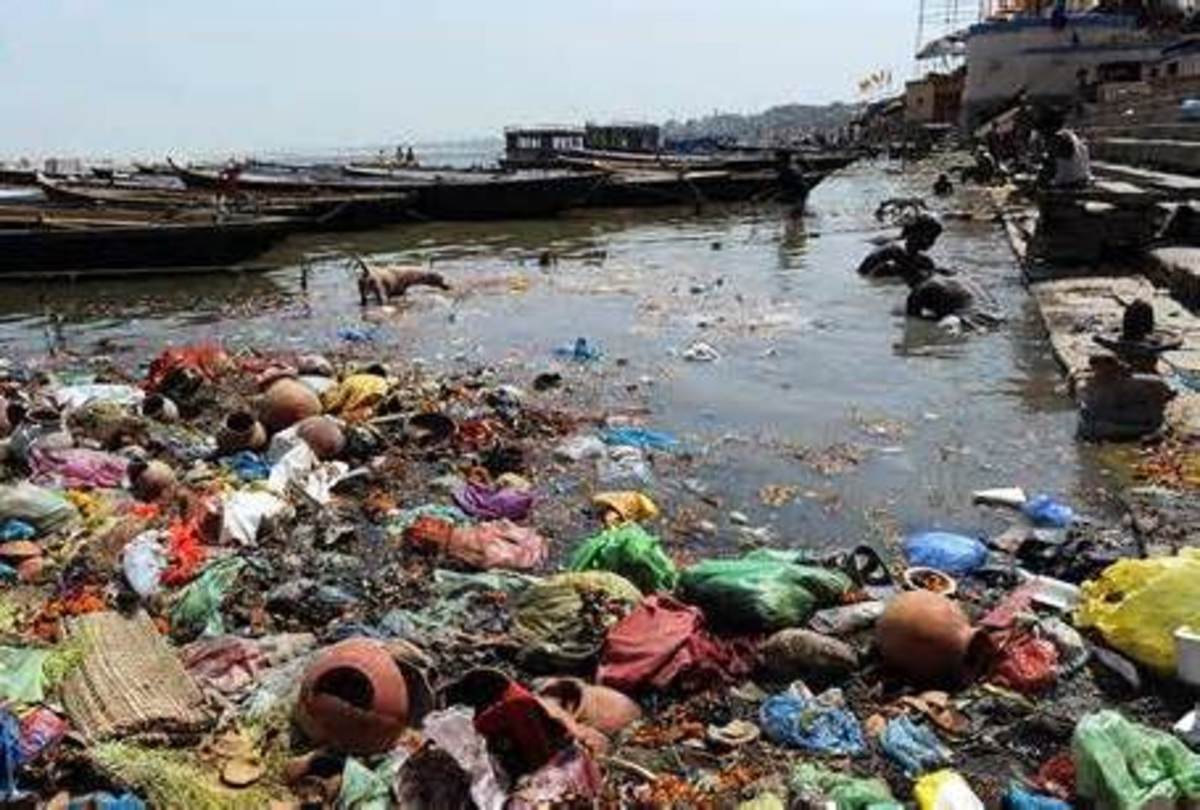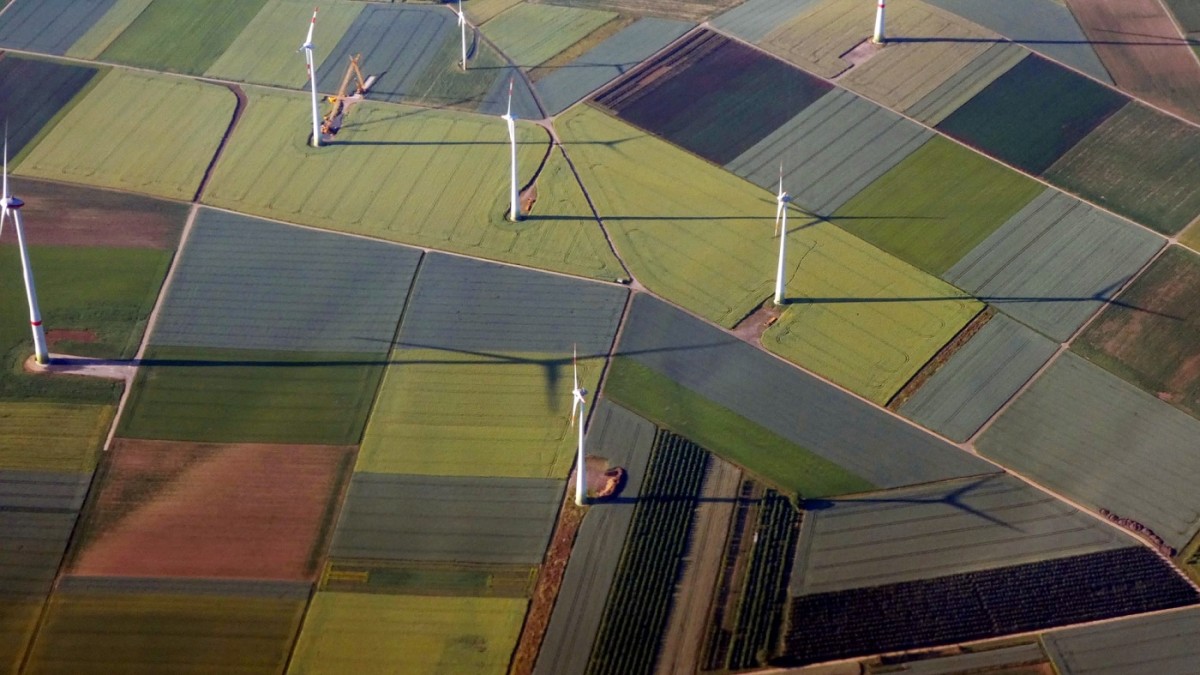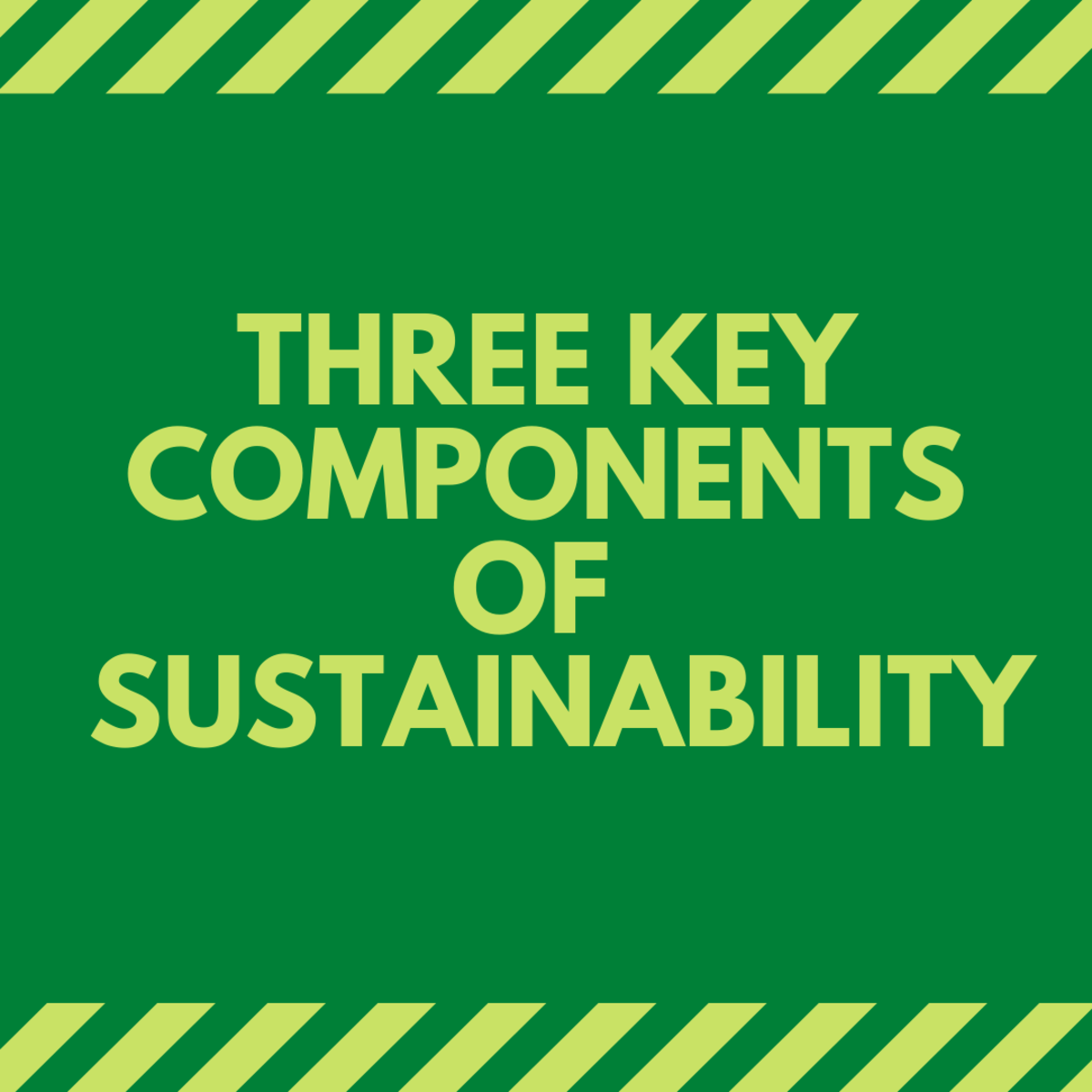Conflicting Green Issues
Greenwashing

We need more clarification
Green is the new black. Everything should be green and environmentally friendly. Sustainability, recycling, off-setting, renewable energy, environmental certification, local sourcing and carbon footprint are all key ideas in the relatively new science of saving nature, and of course by implication saving humanity from disaster. Disasters such as global warming, pollution, natural resource depletion, species extinction and ozone holes are what the new green ethics are designed to counter or prevent. It is an undertaking of primary importance to insure no less than the future of life on the planet. World leaders are pretty much agreed on the need for action, of the urgency of the situation. It is only the details of how to implement effective preventative measures that the world leaders disagree upon.
For all the publicity and media attention this serious topic engenders it is hard to clearly find either a definition of ‘green action’ or a clear and scientific set of criteria and principles with which to judge the greenness or un-greenness of a product or process. Instead there are a number of indices by which we judge matters pertaining to environmental health. It is unclear how best to prioritize information so as to make it clear what the best course of action for the individual and the best product for the consumer is.
For example, renewable energy requires a massive input of materials and industrial processes. To make wind turbines and solar panels ores need to be mined, petrol will be burnt for transportation and non-renewable resources will be consumed. The factories producing the technology for renewable energy are not zero carbon. Here the imperative of using renewable energy is contrary to the demands of reducing green house gas emissions and using sustainable resources. The situation is similar with pollution. One way to stop pollution from gas burning engines is to use battery powered engines. However, making a battery and disposing of it pollutes and requires a big input of non-renewable resources.
Environmental certification is not a guarantee of lowered carbon footprint or of sustainability. Energy star which is the certifying body of the US Environmental Protection Agency judges products by their ability to reduce greenhouse emissions. Thus because uPVC windows can save up to 20% on household energy bills it has got an Energy Star certificate. The saving in fuel bills is off-set by a number of factors that make uPVC non-environmentally friendly. Firstly, uPVC is a plastic product made from the non-renewable and unsustainable resource called petroleum. Secondly, the chlorine in PVC means the production of uPVC causes pollution that damages wild life and human health. And thirdly, uPVC like other plastics are difficult to recycle and often just end up in landfills. uPVC when burnt gives off a number of toxic gases.
Sustainability is another keystone concept in green thinking. Thus, having strand woven bamboo flooring is better than having hardwood flooring because bamboo reaches maturity in 5 to 7 years; whereas, hardwoods take between 60 and 100 years to reach maturity. The quick growth rate of bamboo makes it a sustainable resource preferable to hardwood. Yet, much of our bamboo comes from China. The cost of shipping the bamboo from China to America and Europe is high in terms of carbon expenditure. The manufacture of ships needed and the petrol needed for transport cause greenhouse gas emissions. In such a situation it could be argued that locally sourced reclaimed hardwood flooring has a smaller carbon footprint and recycling, in this case, is better than using sustainable resources.
Finally, there is the idea of longevity. If something lasts for a long time than it has a certain green cachet. In the area of green interior design antique furniture free of VOCs is preferable to new furniture. Another example is the cast iron skillet. To make a cast iron frying pan requires mining, the use of non-renewable and often non-local resources. Foundries produce green house gases and need a big input of water and energy. None of this is green. But the fact that the cast iron skillet can last for 70 years and can be recycled safely makes it a green consumer product.
These are just a few examples of how we need to bring our thoughts and ideas into focus to develop over-arching principles by which we can decide what the greenest thing to do and buy in any given situation is. Environmentalism needs more scientific vigour and less sound bites.
More Green Hubs & Sites
- What are Green Roofs
A green roof refers to a roof that has grass, trees, shrubs and plants growing in soil on the roof. There are two basic types of green roof: intensive and extensive. - The Dream of the Sustainable House
Is the sustainable house really possible? - VOCs in the Home
Did you imagine that your perfume or dry cleaned clothes were making you sick? - The Importance of Re-Purposing
Imagine the world suddenly stopped producing new consumer items tomorrow. How would we survive? The answer is by re-purposing and upcycling. - Water Supply Crisis
1.3 billion people have no access to clean water and 2.5 billion lack adequate sewage or sanitation. The demand for water doubles every 20 years. At this rate, demand for fresh water will outpace supply by 50% in less than 20 years. - Planned Obsolescence
Until recently companies did not see that it was in their interest to build products that last forever. If they did sell a product that never wore out or broke they would quickly run out of customers. - Whole Trees Architecture
Whole Trees Architecture and Construction is a small company set up by architect Roald Gundersen and his wife Amelia Baxter that builds houses and garden structures made from whole trees. - Are Feed-in Tariffs A Good Idea?
Since April 1st, 2010 people living in the UK are entitled to take advantage of a scheme that makes installing solar panels on your house or a wind turbine on your property much more affordable. - The Truth About Coconut Oil and Saturated Fats
In the 1980s there was a media blitz telling everyone that they should switch to using polyunsaturated fats and oils in their diets instead of saturated fats. At the same time the American agri-business shifted to soy production. - Review of Reclaimed Ash Flooring
The ash tree or fraxinus is in the same genus or family as olive and lilac trees. Ash timber is popular because it has a distinctive light color, a long grain and it has an elastic quality. - About Coconut Flooring
Coconut flooring is a great example of sustainable flooring because it is made from a renewable resource. This makes coconut flooring more environmentally friendly than hardwood flooring. - Which is better - uPVC or Aluminum Windows
Environmental friendliness and energy efficiency clash in the battle of the window frames. - About Cork Bark and Cork Flooring
Cork has been used since ancient times. It is an incredibly versatile material that man has been using for millennia. As far back as 2500 BC the ancient Egyptians were using cork for fishing floats. - Best Thermostat - Honeywell RTH7500D or Lux TX1500E?
A review of which is the better the programmable thermostat - the Honeywell RTH7500D or the Lux TX1500E? - The Benefits of Installing a Honeywell RTH7500D Conventional 7-Day Programmable Thermostat
The Honeywell RTH7500D costs less than $60 and can save you more than $700 a year on heating and cooling costs. This good news for you and the environment. - Suberin in Cork Flooring
Cork is a renewable resource that makes excellent flooring. One of the reasons that cork is a good material for flooring is that it contains suberin. - Why Do So Many People Have Allergies
Over 55% of Americans test positive for one or more allergies. Modern living is making us sick. The only solution is to green up your house or home. - Buy Cork Flooring
Click here to browse the full range of cork flooring tiles on Amazon. Cork is perhaps the most environmentally friendly flooring type available for purchase. Cork like bamboo, rattan, jute, hemp and water... - The Problem With Trying to Legislate a Revolution
The most important ideology to emerge over the last few years is environmentalism. The Green movement has progressed since the early 1980s when the first successful Green party appeared in Germany. - Hemp Reusable Cone Coffee Filter
I made a mistake the other day when I bought a plastic mesh reusable coffee filter. When I bought it on Amazon I thought I was on to a sure thing - it would save me money and it would help the environment... - Green Cleaning: alternatives to normal detergents
It is hard to be as happy as the woman above when you have a mountain of laundry to do. Even with a washing machine it often seems a chore. The modern housewife relies on technology to help make her life... - Oxygenics TriSpa Shower
In the next 50 years the population of the world is set to double. Already much of the land near the equator is suffering from "high water stress". Meaning the people who live in these hot areas are... - Before You Buy a Hardwood Floor Consider This
Before you buy a hardwood floor you should consider the future health of the planet. Every second an acre and a half of rainforest is cut down. In 40 years there will be no rainforests left. Rainforests are... - Totally Bamboo Cutting Board is on the cutting edge of the Green Revolution
Bamboo is an amazing thing. Contrary to popular opinion it is not a wood, it is a grass; and yet bamboo is a very strong material. You can use bamboo to construct houses. Bamboo is sometimes used instead of... - Honeywell RTH8500D 7-Day Touchscreen Universal Programmable Thermostat
The U.S. Environmental Protection Agency and the U.S Department of Energy have made a series of standards to make products more energy efficient. Those products that excel in meeting or surpassing these...








